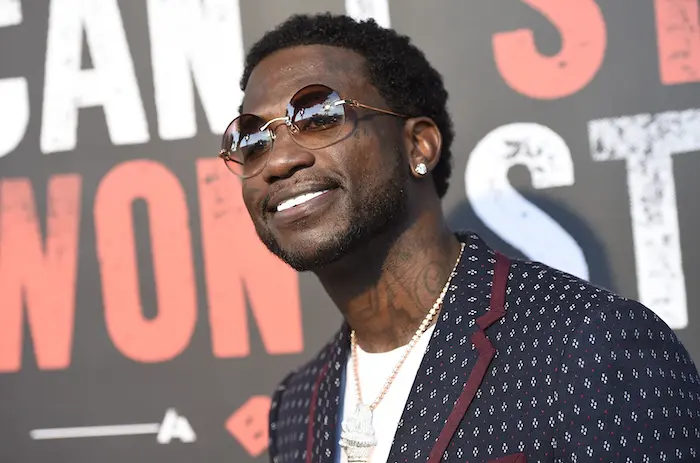Trap electronic music, often simply referred to as “trap,” has emerged as a dominant force in the modern music scene. With its roots deeply embedded in Southern hip-hop and electronic dance music (EDM), trap has evolved into a multifaceted genre, influencing various musical styles and cultures worldwide. This article explores the history, characteristics, notable artists, and the global impact of trap electronic music.
I. History and Origins
1. Southern Hip-Hop Roots
Trap music originated in the Southern United States during the early 2000s. Its name derives from the slang term “trap,” referring to places where drugs are sold illegally. Early pioneers like T.I., Young Jeezy, and Gucci Mane used this term in their lyrics, reflecting the harsh realities of urban life.
2. Influence of EDM
In the early 2010s, electronic music producers began incorporating elements of Southern hip-hop into their tracks. This fusion created a new sound that combined the heavy basslines and aggressive beats of hip-hop with the synthetic and rhythmic elements of EDM. Artists like Baauer and RL Grime played pivotal roles in this crossover.
II. Key Characteristics of Trap Music
1. Beat Structure
Trap music typically features a tempo of around 140 BPM. The beat structure is characterized by:
Hi-hats: Rapid, rolling hi-hats are a staple, often with triplet patterns.
Kick drums: Heavy, booming kick drums that hit hard and deep.
Snare drums: Sharp, snapping snares that often follow a syncopated rhythm.
2. Basslines
The basslines in trap music are crucial. They are often distorted, deep, and resonant, creating a powerful and immersive listening experience.
3. Synths and Samples
Trap producers use a variety of synthesizers and samples to create atmospheric and melodic elements. These can range from eerie, haunting sounds to bright and energetic melodies.
4. Vocals
While instrumental trap music is popular, many tracks feature vocals. The vocal style often includes aggressive rapping or chanting, reflecting the genre’s hip-hop origins.
III. Notable Artists and Influencers
1. T.I.
T.I., often referred to as the “King of the South,” is one of the foundational artists in trap music. His albums, particularly “Trap Muzik” (2003), laid the groundwork for the genre.
2. Gucci Mane
Gucci Mane is another key figure in trap music. His prolific output and collaborations with various artists have significantly shaped the genre.
3. Baauer
Baauer’s track “Harlem Shake” became a viral sensation in 2012, bringing trap music into the mainstream. The song’s success highlighted the genre’s potential for widespread appeal.
4. RL Grime
RL Grime is known for blending trap with elements of EDM. His innovative production techniques have pushed the boundaries of the genre.
5. Flosstradamus
Flosstradamus is a duo that has been instrumental in popularizing trap music within the electronic dance music community. Their high-energy performances and unique sound have garnered a massive following.
IV. Subgenres and Variations
1. Hybrid Trap
Hybrid trap blends traditional trap elements with other genres like dubstep, house, and future bass. This subgenre is known for its complex sound design and energetic drops.
2. Chill Trap
Chill trap focuses on creating a more relaxed and atmospheric vibe. It often features slower tempos, smooth melodies, and softer beats, providing a contrast to the aggressive nature of traditional trap.
3. Hard Trap
Hard trap is characterized by its intense, aggressive sound. It incorporates elements of hardcore and industrial music, with distorted basslines and relentless rhythms.
V. Global Impact and Cultural Influence
1. Popularity in EDM Festivals
Trap music has become a staple at EDM festivals around the world. Artists like DJ Snake, Yellow Claw, and What So Not regularly feature trap in their sets, energizing massive crowds.
2. Influence on Pop Music
Trap elements have permeated mainstream pop music. Artists like Beyoncé, Rihanna, and Drake have incorporated trap beats into their songs, bringing the genre to a wider audience.
3. Fashion and Lifestyle
Trap music has influenced fashion, with artists often sporting streetwear brands and luxury items. The genre’s culture promotes a lifestyle of resilience and success, resonating with many fans.
VI. Production Techniques and Technology
1. Software and Hardware
Trap producers utilize a variety of digital audio workstations (DAWs) like FL Studio, Ableton Live, and Logic Pro. Popular plugins include Serum, Massive, and Sylenth1, which provide a wide range of sounds and effects.
2. Sampling and Sound Design
Sampling is a key aspect of trap production. Producers often sample hip-hop beats, vocal snippets, and other sound bites to create unique tracks. Sound design is equally important, with producers crafting intricate synth patterns and basslines.
3. Mixing and Mastering
The mixing and mastering process in trap music is crucial for achieving the genre’s signature sound. Emphasis is placed on making the basslines punchy, the hi-hats crisp, and the overall mix balanced and powerful.
VII. Evolution and Future Trends
1. Incorporation of New Genres
Trap music continues to evolve, incorporating elements from genres like reggaeton, moombahton, and afrobeat. This fusion creates fresh sounds and expands the genre’s appeal.
2. Technological Advancements
Advancements in music production technology will likely lead to even more innovative sounds in trap music. Virtual reality (VR) and augmented reality (AR) could also enhance live performances and fan experiences.
3. Continued Globalization
Trap music’s influence is spreading globally, with artists from different countries adding their unique touches to the genre. This globalization will likely result in new and exciting variations of trap music.
See Also: Can You Tell Where Rap Music Is From by the Beat?
VIII. Conclusion
Trap electronic music is a dynamic and evolving genre that has made a significant impact on the music industry. From its Southern hip-hop roots to its global influence, trap music continues to captivate audiences with its powerful beats, innovative production, and cultural resonance. As the genre continues to evolve, it will undoubtedly shape the future of music in exciting and unexpected ways.

